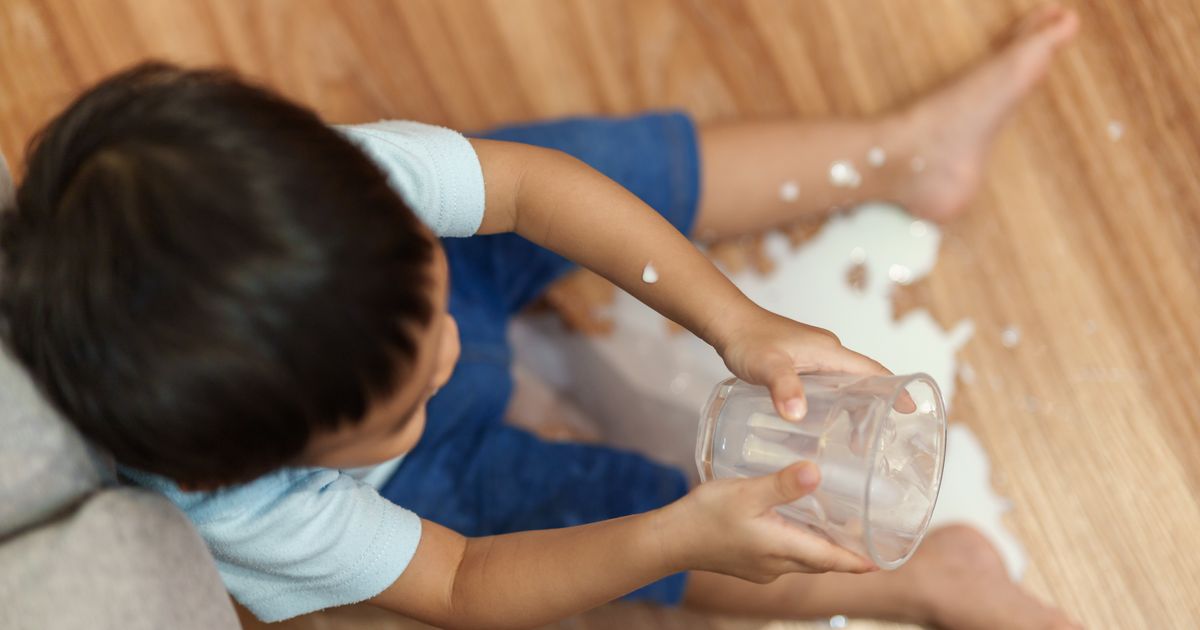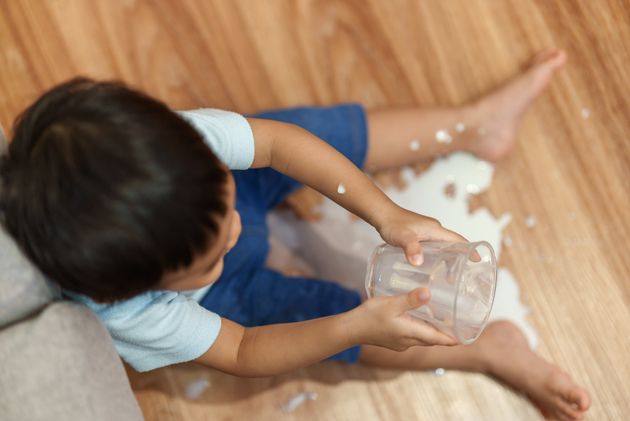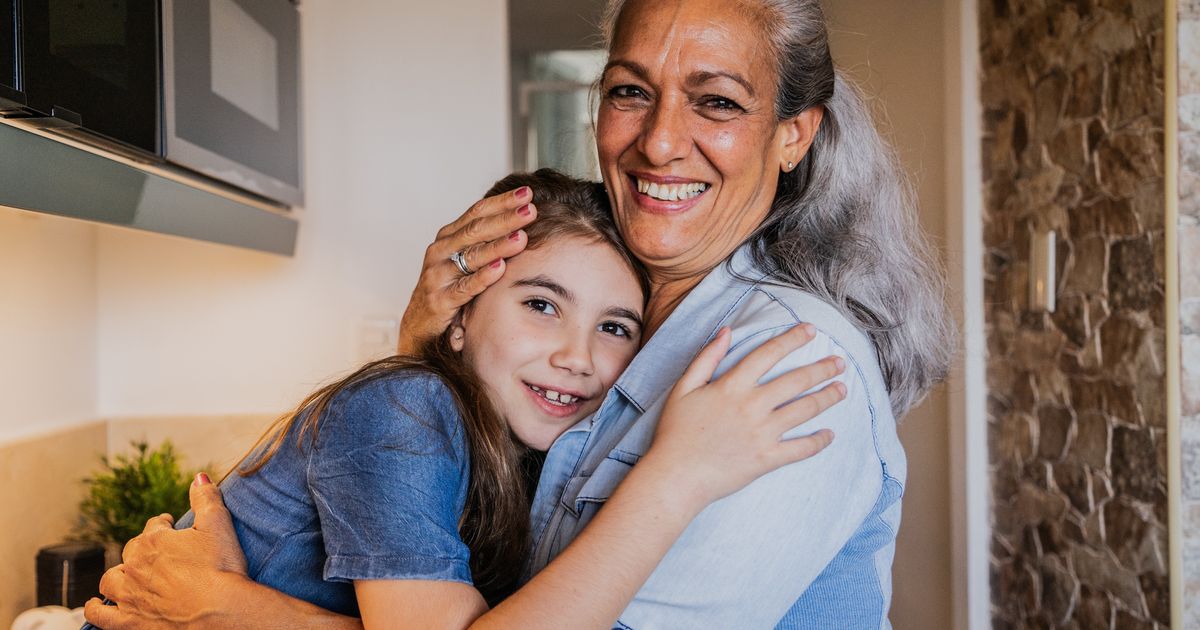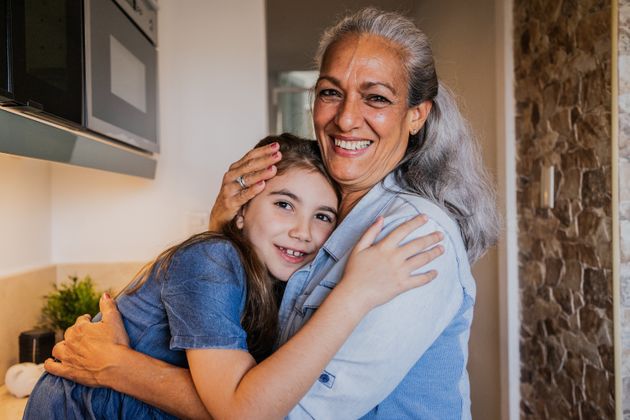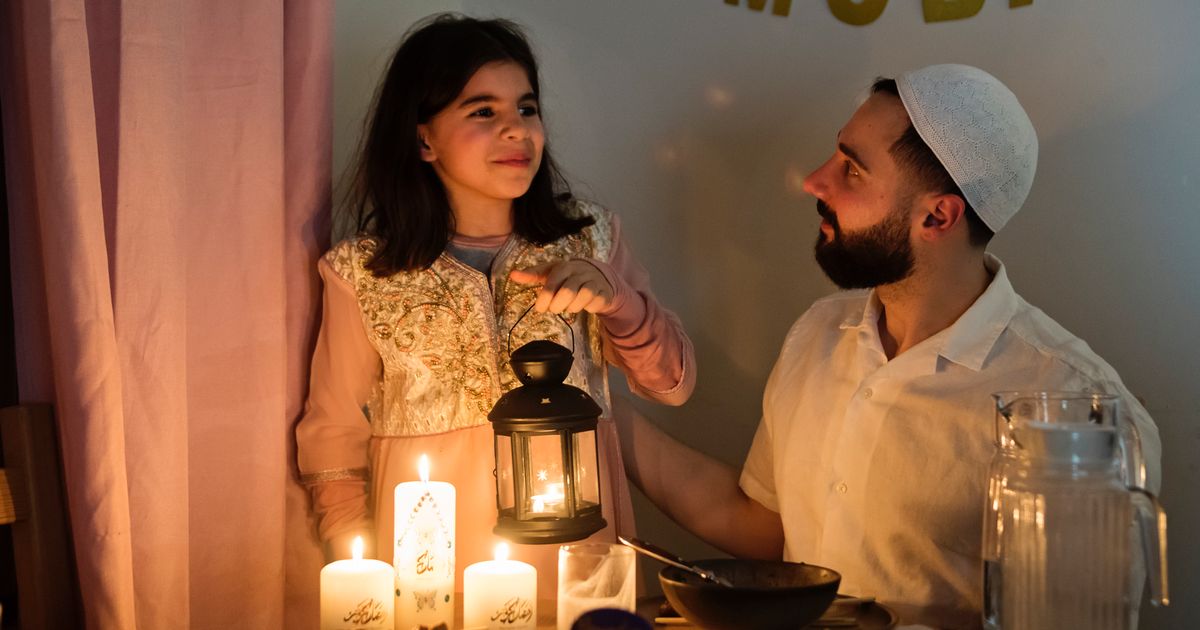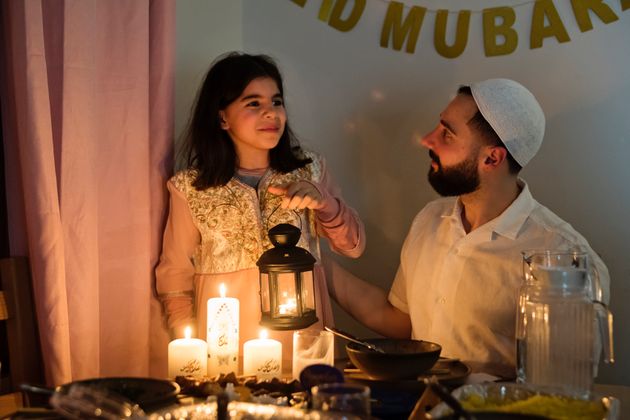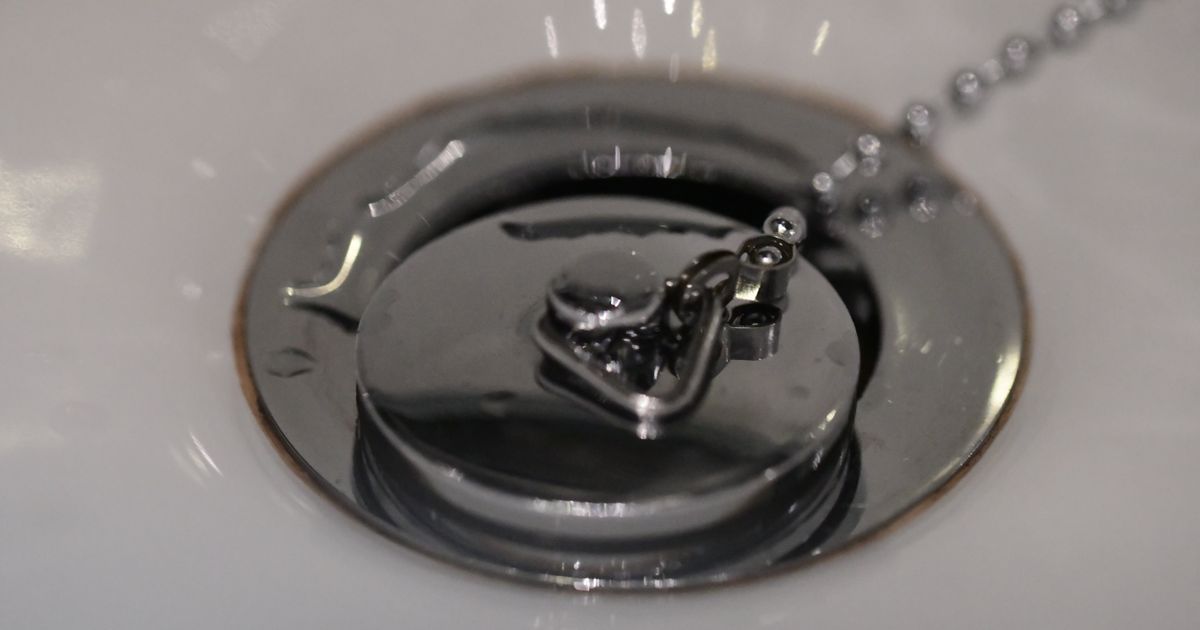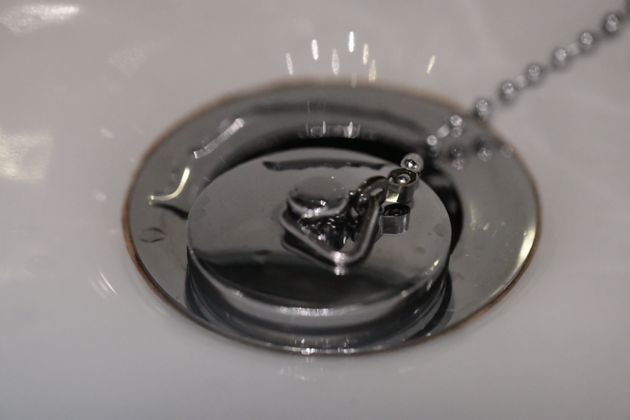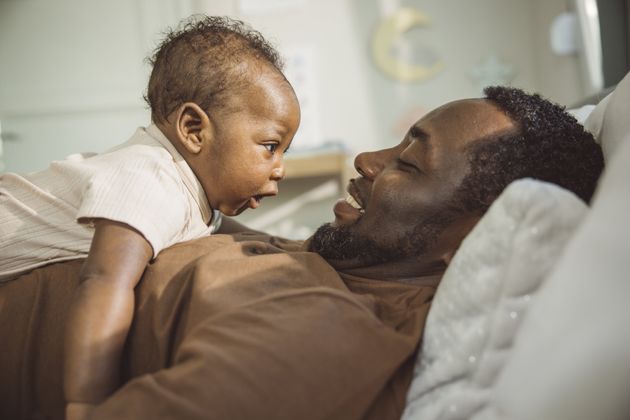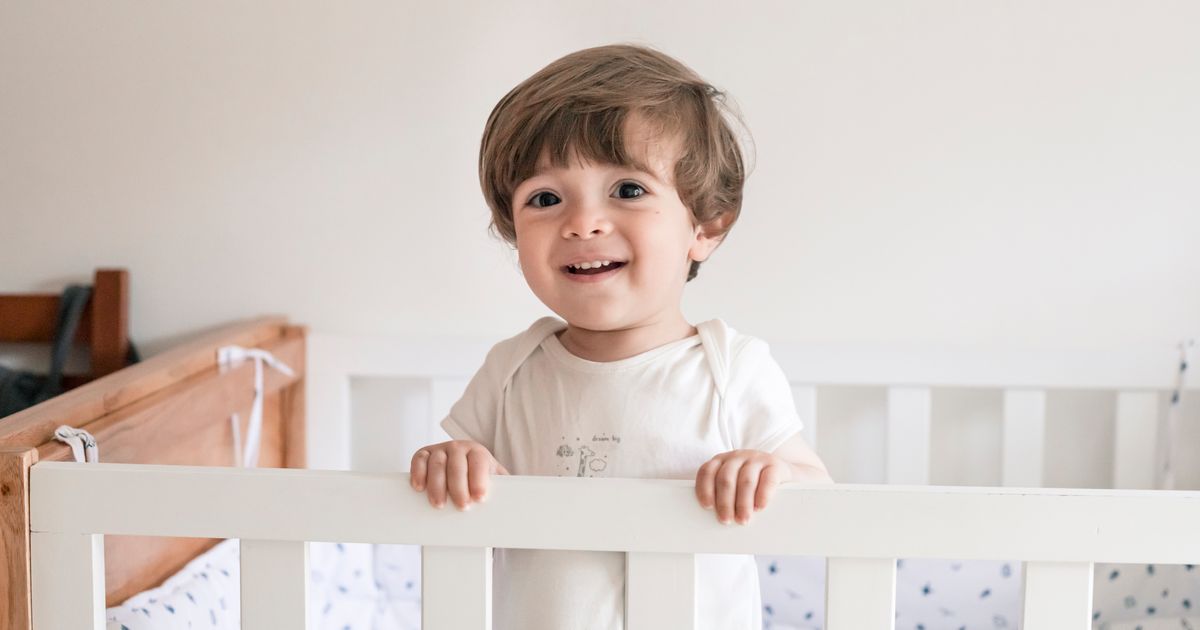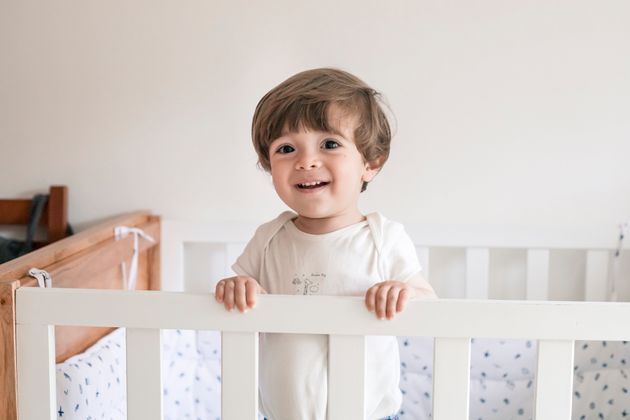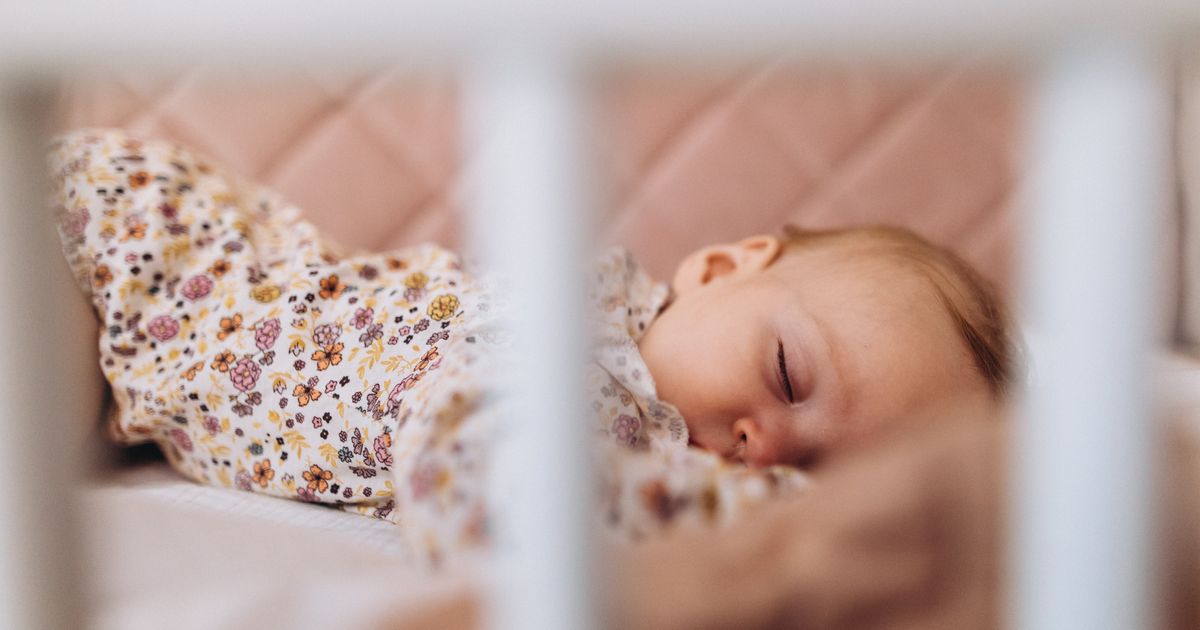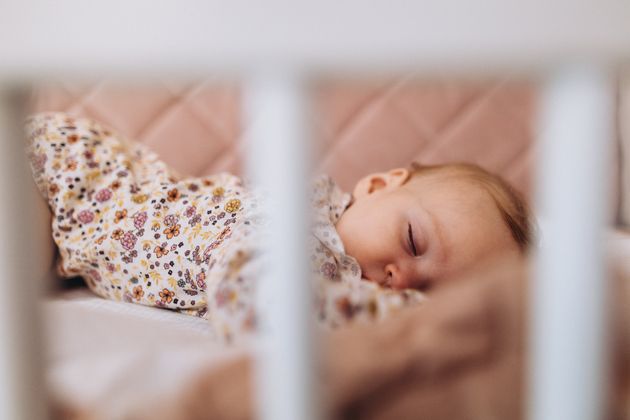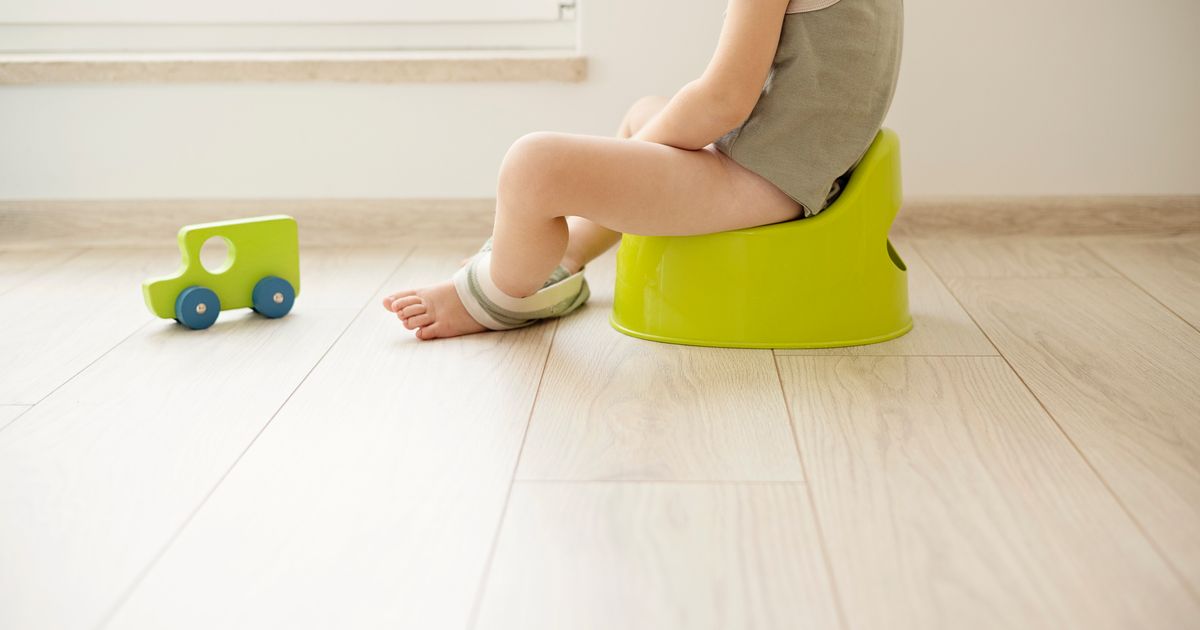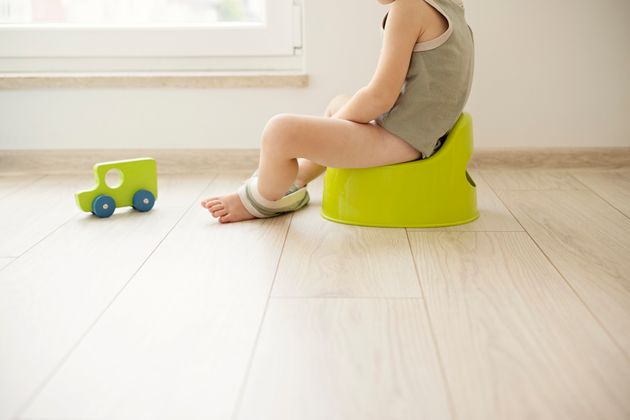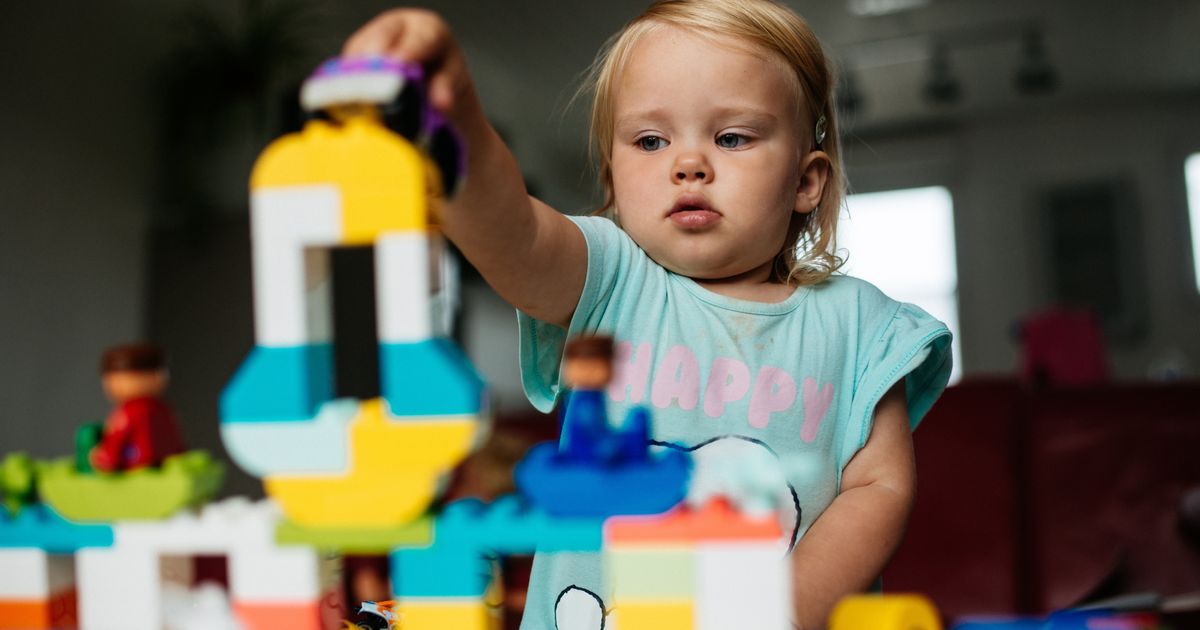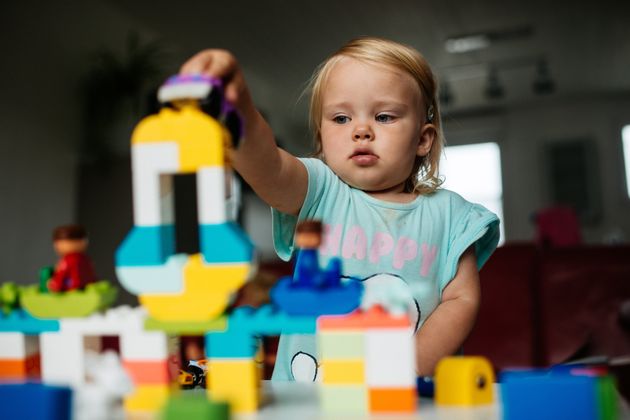Is there anything more divisive in the parenting sphere than sleep training? Probably not. And TV personality Jo Frost has had enough.
In an Instagram post shared on Tuesday, the Supernanny star shared a video in which she targeted those who are making parents feel bad for trying it.
Advertisement
“Enough with the guilt-tripping against parents who sleep train their toddler-age children,” she said. “Most times it’s needed for the entire family.
“Let’s not normalise parent and child functioning every day on sleep deprivation – because that is what’s harmful to a child’s developing brain and a parent’s mental health.”
She continued: “If you don’t do it, that’s up to you. But let’s stop putting information out there … that’s misleading parents and guilt-tripping them, because that’s just unkind.”
Advertisement
What is sleep training?
The premise of sleep training is fairly simple: parents are aiming to teach their little ones to fall asleep without their help. So that means no rocking, swaying, feeding to sleep, etc.
But putting it into practice is less than simple. Often it involves a bit of trial and error and possibly some crying while your child figures out how to get themselves to sleep.
When are you meant to start sleep training?
The Sleep Foundation suggests babies aren’t ready for sleep training until they’re about six months old. This is because prior to that “they haven’t developed the circadian rhythms that will help them sleep through the night”.
Advertisement
“Just as there’s no exact right age to begin sleep training, you also don’t have to sleep train,” the foundation says.
“Babies will eventually learn to sleep on their own. However, sleep training is effective and offers significant benefits to both babies and parents, with no evidence of negative long-term effects.”
There are a few different methods parents try, from the Ferber method to the fading method and the more controversial cry-it-out method.
Advertisement
Here, we’ll quickly break down what they entail:
Ferber method
This involves putting your baby in their cot while they’re “drowsy but awake” and then leaving the room. If they cry, wait for three minutes (roughly) before going back in to check on them and comfort them.
The idea is that you console them but you don’t pick them up.
Then you leave the room again, this time for five minutes. And repeat. Each time you increase the amount of time you leave the room for until they’ve fallen asleep.
And if your little one wakes up in the night, the idea is you repeat the process to help settle them again.
Advertisement
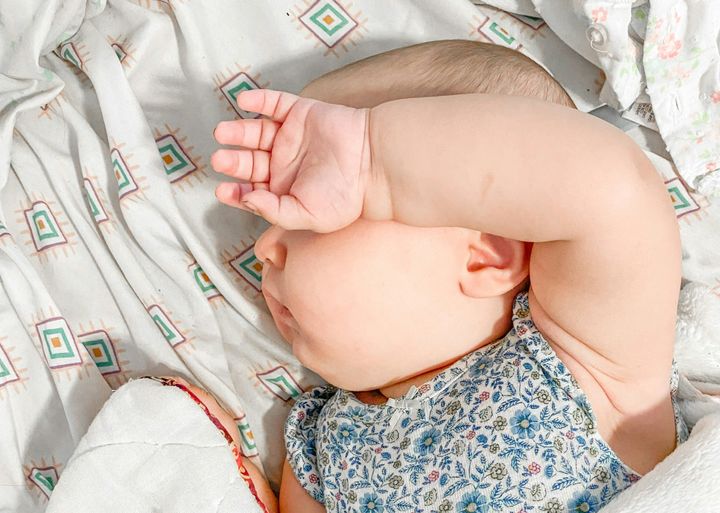
Laura Ohlman on Unsplash
Cry-it-out method
This strategy involves leaving your baby to fall asleep on their own without comforting them and then leaving them until a set time in the morning.
“Parents are instructed not to intervene and to ignore crying and tantrums unless there’s a concern that the child is ill or hurt,” according to Huckleberry.
Advertisement
Fading method
This is another more gradual approach where parents camp out in the child’s room until they fall asleep. The premise is that you pop your child into their cot when they’re drowsy and then stand nearby or sit on a chair in their room, offering minimal levels of comfort, until they fall asleep.
“Each night, the parent gradually moves further away from their child while still remaining in their sight,” explains the Sleep Foundation.
Pick up/put down method
This one requires a little more patience. According to The Mother Baby Centre, parents put their baby down drowsy and if they start to then cry, you let it happen for a bit before picking them up and soothing them.
Advertisement
Then you put them back down again while still awake and repeat the process until they go to sleep.
Controlled timed crying method (CTCT) method
In the caption for her Instagram video, Jo Frost talked about her own CTCT technique.
Her approach is that you do your bedtime ritual as usual, say ‘goodnight’ to your child after popping them in their cot and then leave the room.
When your child cries, take no action for two minutes. Then, go back into the bedroom and comfort them but without picking them up (this might involve lying them back down and putting your hand on their tummy while shh-ing them).
Go back out of the bedroom and then stay out for four minutes. Then repeat the exercise until your child goes to sleep.
Advertisement
Is sleep training good or bad?
It’s hard to definitively answer this.
“Looking at how babies slept for most of human history (together with caretakers) we realise that sleep training today is more about suiting parental lifestyles than what’s biologically and evolutionary normal for babies,” explained science communicator Violeta Gordeljevic, on the Science for Parents Instagram account.
She advised proceeding with caution if you do try it: “When in doubt about physical and emotional safety, choose caution. This may mean choosing gentler methods.”
In a video that might put parents’ minds at ease, Professor Emily Oster recently set out to share what the research on sleep training says in an informative video.
Advertisement
The CEO of ParentData, who has two children of her own, said sleep training can be a “very polarising” topic but suggested the data is “pretty good” in this area (although Gordeljevic disagrees) and came up with a summary for parents who are deliberating whether to give it a go.
“First, on average, sleep training improves the quality of infant sleep,” said Prof Oster. “It is not a panacea, it doesn’t work perfectly for every kid, but on average it improves sleep.”
Her second point is that sleep training, on average, “improves mood and happiness for parents” probably because “parents are sleeping better”.
Advertisement
And her last point is that when looking at either the short-term or the long-term impact, “we do not see any differences in attachment measures, in emotional regulation, in any of the metrics you might worry about with sleep training”.
“It just does not look like sleep training makes kids worse off,” she concluded.




